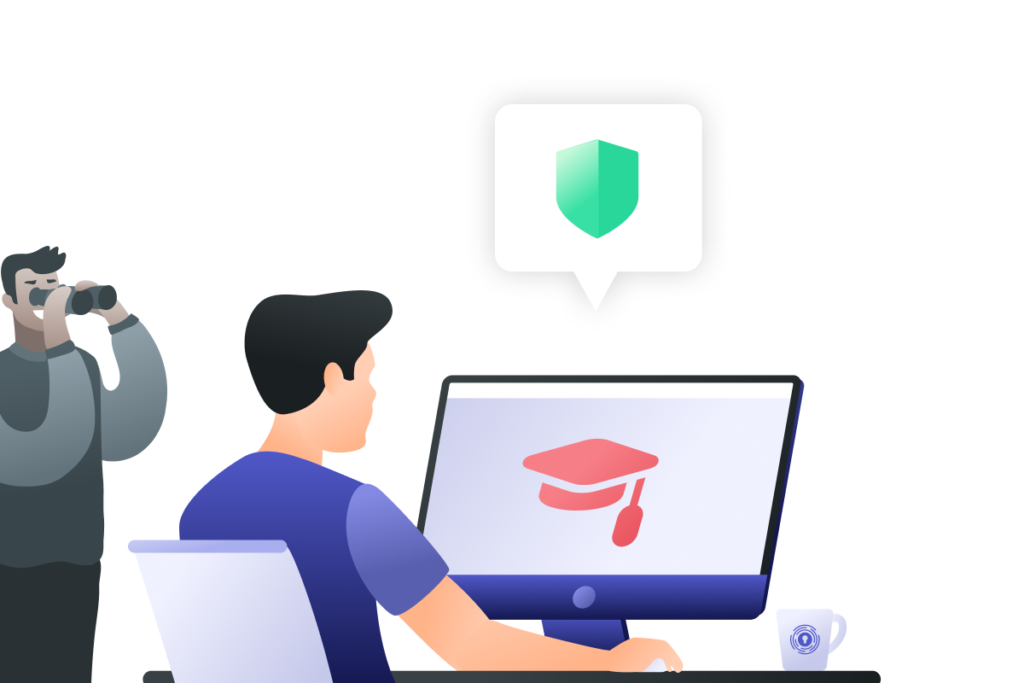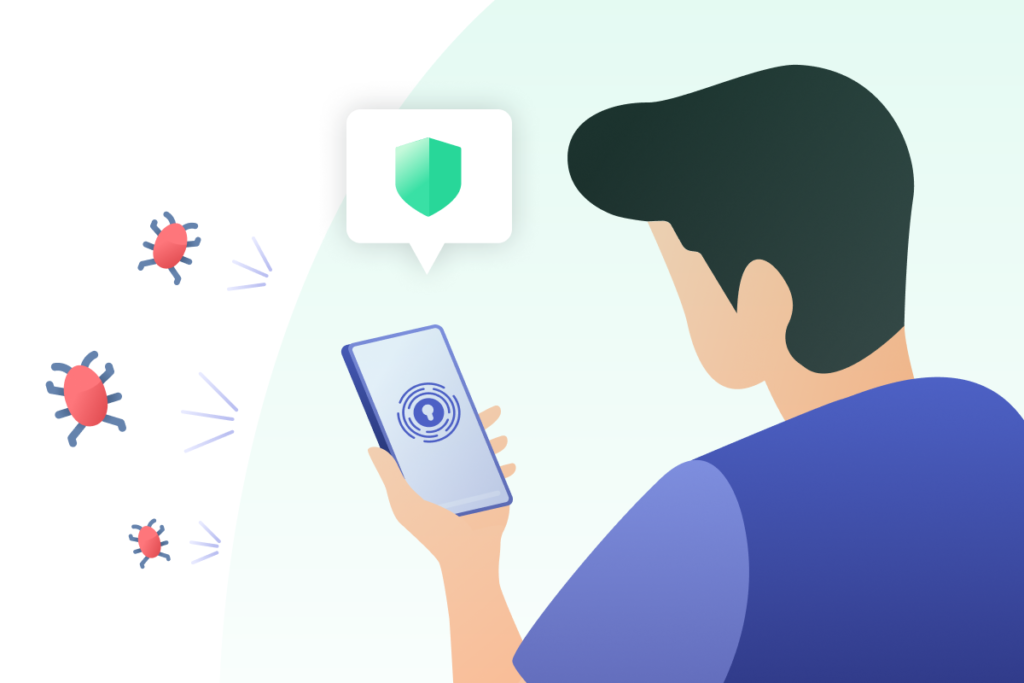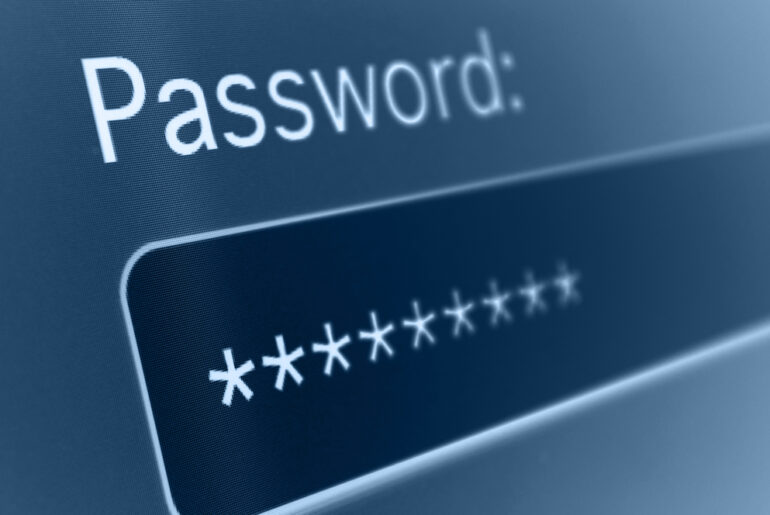You want what’s best for your child, and that means protecting them from potential dangers online. The Internet is a necessary and powerful tool, but it can present a variety of risks to your child’s safety. With the increase in hybrid learning classes, it’s more crucial than ever to protect your child from identity theft online.
You may be asking yourself, “what does a cybercriminal want with my child’s identity or data?” Unfortunately, the Internet has become overpopulated with malicious attackers who will exploit any potential vulnerability to get what they want. This means that cybercriminals often select victims who won’t notice their attacks and don’t have the power to stop them. As a result, identity theft cases involving children have rapidly increased over the past few years. Strengthen your child’s online security by learning common signs of identity theft and how to prevent it.
Does Identity Theft Affect Children?
Before you look for signs of identity theft on your child’s accounts, it’s important to understand what identity theft is. According to the United States Department of Justice, identity theft and identity fraud refer to crimes involving personal data theft. This private information is always wrongfully obtained and commonly used for financial gain.
Online identity theft is one of the most prevalent forms of exploitative cybercrime. Using social media, it’s easier than ever for attackers to impersonate someone over the Internet for monetary benefits. Cybercriminals routinely launch attacks over SMS texts, emails, and direct messages (DM’s). Spam messages are harder to identify for those who are not experienced in avoiding potential security risks. Coupling that inexperience with the increased amount of time that children spend online is a recipe for identity theft.
Research suggests that the rate of identity theft for children is 51 times higher than for adults. Attackers choose to pursue a child’s identity because they have good credit and no debt to their name. Cybercriminals believe that children are easier to trick with spam, phishing schemes, or malware because they haven’t yet experienced them. These threat actors have a variety of methods at their disposal to steal the identity of your child.

How is a Child’s Identity Stolen Online?
Since the advent of smartphones, children and teens have begun incorporating Internet usage into their daily lives. Social media has also given rise to new security risks, as these platforms are structured around users sharing personal information. Much of the data that gets shared as content can be manipulated by cybercriminals to steal someone’s identity. Even the most basic information, like a child’s birthday or where they go to school, can be manipulated by attackers.
There are many other ways that a cybercriminal can steal a child’s identity. Security breaches at their school can lead to a massive information leak and put many students at risk. The potential for this kind of attack has forced most schools to introduce stronger network security measures. However, if your child takes classes from home, your connection might not be as protected as the network on campus. This creates a serious security vulnerability that attackers can use to their advantage.
Signs of Online Child Identity Theft
One of the common indications of identity theft is mysterious transactions appearing in your checking account or credit card statement. Children don’t usually have online banking that they can monitor for suspicious activity. As a result, it is the job of a child’s guardian to ensure that their online habits are protected. Understanding the signs of identity theft can help you keep your child’s information secure. Watch out for the following symptoms of child identity theft.
- Suspicious bills arrive in the mail for your child.
- Your child receives pre-approved credit card offers.
- Tax notices or documentation arrive for your child.
- Your child is denied government benefits.
- Collection agencies attempt to contact your child.
Strange mail or mysterious callers reaching out to your child are a strong indication that their identity is at risk. If you notice any of the signs listed above, report the unusual activity right away. You can contact the US Bank Fraud Liaison Center at 877-595-6256 and they will assist you in reporting the incident.

How to Protect Children from Online Identity Theft
Children are extremely vulnerable online, especially if their network connection is not secure. Cyber attackers are waiting around every corner of the Internet to steal their valuable private data. Protecting a child’s information may seem complex, but there are simple measures you can take that will ensure their privacy. Take a look at the following safety habits that can effectively protect your child online.
Tips for Your Child’s Online Safety
- Explain the importance of online safety to your child. Educate them on how to protect themselves and their private information.
- Never share your child’s Social Security number (SSN) with anyone, especially over the Internet.
- Shred any papers containing your child’s personal information before disposing of the files. Routinely empty the Recycle Bin on your child’s desktop, as well.
- Store important physical documents containing your child’s private data or their SSN in a safe location.
- Ensure that your child’s devices are free from malware or viruses used to steal and harvest data.
- Reduce the amount of private information shared about your child on social media. This can include their date of birth, their middle name, where they live, and more.
- Encourage your child to create stronger passwords on all of their devices and online accounts.
- Activate web-based parental controls to ensure a safer online experience for your children.
- Teach your child to identify and avoid phishing scams, malicious software, and dangerous pop-up advertisements.
- Use a VPN to protect your privacy at home or on the go.
File a report with the Federal Trade Commission immediately if you believe your child is a victim of identity fraud. The sooner that you report the incident, the more likely it is that your child’s data will not be compromised. However, many identity theft cases go undetected for extended periods. As a result, the damage is already done once the fraud is discovered. The best way to avoid this is by protecting your child’s personal data with a reliable VPN.

Online Identity Theft Protection from PrivadoVPN
Using the Internet is central to how we operate and communicate with one another. However, as we adopt new technological developments, it’s important to ensure that your family is accessing the Internet safely. Keeping your private information out of the hands of anonymous criminals is a necessary part of online safety. This is where PrivadoVPN comes into play.
With our easy-to-use app available on a variety of devices, PrivadoVPN helps hide your family’s data with just one click. Simply sign up for a free VPN account, download the software, select your global server, and start browsing safely. PrivadoVPN offers world-class features, including secure encryption protocols, and premium plans that can protect up to 10 devices.
Visit privadovpn.com to sign up and download the app. You’ll gain access to global servers, faster Internet speeds, and other features that can keep your child’s identity safe online. Protect your privacy with a reliable VPN today.
Download PrivadoVPN
Protect your privacy with a world-class VPN. Sign up for premium access to PrivadoVPN and get unlimited monthly data, access to 300+ servers from around the world, and up to 10 simultaneous connections. Get a top-rated VPN that can secure your privacy at home, at work, or on the go.
Sign up for PrivadoVPN today!




